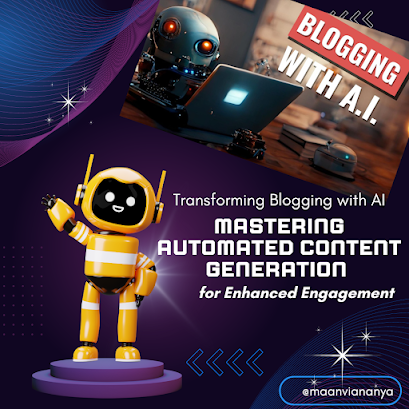1. OpenAI’s GPT: Revolutionizing Text Generation
GPT-3, developed by OpenAI, is a powerful language model that automates the writing process, making it faster and more efficient. It is capable of generating text that mimics human writing, making it useful for a range of applications from drafting articles to creating engaging marketing copy.
Key Features:
- Automates and speeds up content creation.
- Produces diverse content styles from minimal prompts.
- Enhances creativity with coherent and contextually accurate text.
2. Grammarly: Elevating Writing Standards
Grammarly employs AI to enhance writing quality across various platforms and formats. It provides grammar, punctuation, style, and tone suggestions, which are crucial for crafting clear and professional content.
Key Features:
- Offers advanced proofreading across documents and emails.
- Tailors tone and style suggestions to the target audience.
- Integrates seamlessly with most writing applications.
3. Canva’s Magic Write: Simplifying Visual Content Creation
Canva integrates AI with graphic design through Magic Write, streamlining the creation of visual content. This feature automates the generation of text for graphics, enabling quick customization of designs for social media, presentations, and more.
Key Features:
- Reduces time spent on design through automation.
- Supports non-designers in creating professional-quality visuals.
- Facilitates the rapid assembly of marketing materials.
4. Articoolo: Efficient Content Drafting
Articoolo provides an AI-based solution for generating short articles and content pieces. It is particularly useful for content marketers needing to quickly produce drafts or ideas that can be refined later.
Key Features:
- Generates concise articles from keywords.
- Ideal for blog posts, product descriptions, and SEO content.
- Helps overcome writer’s block by providing content outlines.
5. Lumen5: Transforming Text into Video
Lumen5 leverages AI to convert text into engaging video content, which is crucial for capturing audience attention in the era of multimedia. This tool is perfect for marketers who want to repurpose blog posts or articles into dynamic videos.
Key Features:
- Automates video creation from existing text content.
- Enhances user engagement with multimedia presentations.
- Simplifies the process of video marketing.
In brief
Adopting these AI tools can significantly enhance the content creation process, from text generation to multimedia production. By incorporating these technologies, content creators can not only save time but also produce higher quality, more engaging content that stands out in today’s crowded digital marketplace. Each tool offers unique benefits and capabilities, ensuring that professionals can find exactly what they need to streamline their creative processes and achieve their content goals.
Does It Affect Content Writers?
The rise of AI in content creation may raise concerns among content writers about the potential for automation to replace human jobs. However, rather than replacing content writers, AI tools are designed to augment their capabilities. These tools handle repetitive tasks, generate ideas, and even draft preliminary content, allowing writers to focus on more creative and strategic aspects of their work. This synergy between AI and human creativity can lead to higher productivity and enhanced content quality.
How AI Tools Add Value to Content Writers
AI tools bring several advantages to content writers, helping them not only to enhance their workflow but also to advance in their careers:
- Efficiency: AI can significantly speed up the content creation process, from research to writing drafts. This efficiency allows writers to handle more projects and meet tight deadlines with ease.
- Quality Improvement: By providing grammar and style suggestions, AI tools help improve the overall quality of writing. This leads to better reader engagement and a stronger professional reputation.
- Creativity: AI-generated prompts and content can inspire writers, pushing them to explore new topics or adopt different writing styles.
By leveraging these tools, content writers can position themselves as versatile and efficient, keeping pace with industry demands and staying competitive.
Here is question to Our Readers
What do you think about the integration of AI tools in content creation? Do you see them as a boon for enhancing creativity and productivity, or do you have concerns about their impact on the traditional aspects of writing? Share your thoughts and experiences in the comments below. We’re eager to hear how AI has influenced your approach to content creation or if you're considering incorporating these tools into your workflow.












